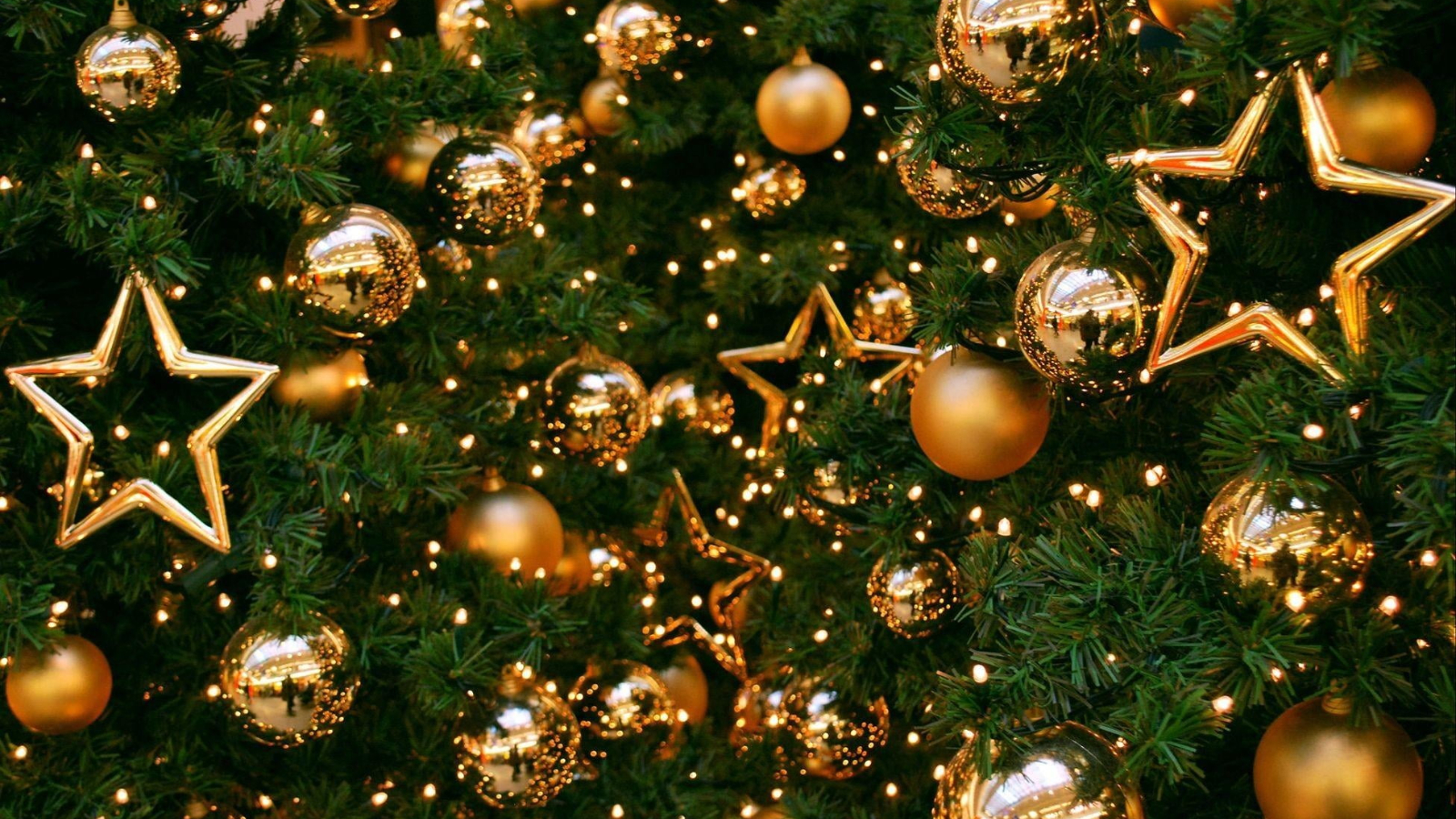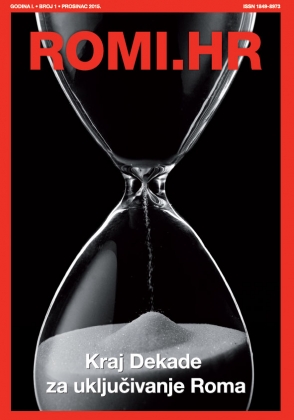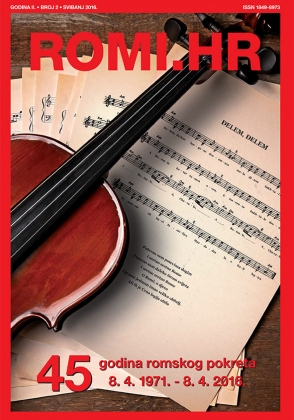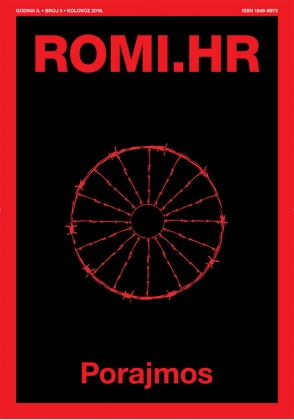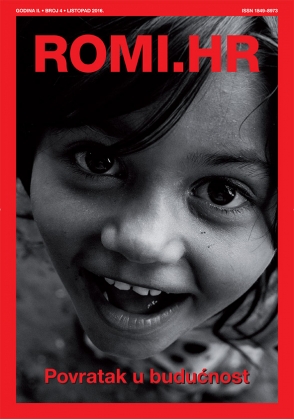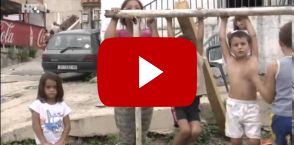Zanimljivosti ROMI.HR
/Za mnoge ljude Božić je vrijeme radosti, obitelji i tradicija. Iz generacije u generaciju Španjolci su ulagali napore kako bi sačuvali posebnu atmosferu božićnog razdoblja. Vjerojatno se rijetko pitate odakle zapravo potječu mnoge tradicije kojih se pridržavate u ovo razdoblje. Uvid u to kako su nastale naše tradicije može biti koristan kako bismo se povezali s našim kulturnim identitetom i sačuvali ga tokom vremena.
Prijevod: Daria Maracheva
U Španjolskoj, tokom božićnog razdoblja mnoga kućanstva postavljaju Božićne jaslice (poznate kao el Belén u Španjolskoj), koje prikazuju Isusovo rođenje pomoću figurica od keramike, drveta ili gline. U božićnim jaslicama se pored mnogih drugih likova u pravilu može vidjeti Sveti Josip, Djevica Marija, novorođeni Isus, Arhanđel Grabrijel i Tri mudraca. Veličina i kvalitet detalja u božićnim jaslicama mogu znatno varirati. U nekim domovima božićne jaslice mogu biti ogromne, tako da cijela kuća predstavlja božićne jaslice. Jaslice se postavljaju u javnim institucijama, poput zgrada lokalnih vijeća na jugu Španjolske. Također postoji tradicija stavljanja Isusa u jaslice u ponoć 24. prosinca (nikako ne prije) što simbolizira njegov dolazak. Božićne jaslice su vremenom postale popularnim ukrasnim elementom u okviru katoličke božićne tradicije u Španjolskoj.
Drugi tradicionalni događaj je Božićna lutrija (Lotería de Navidad), koja se izvlači 22. prosinca. Lutrija se neprekidno održava od 1811. godine, čak ni u vrijeme građanskog rata u Španjolskoj nije bila iznimka. Smatra se da španjolska Božićna lutrija ima najveći nagradni fond među svim lutrijama na svijetu. Ideja Lotería de Navidad je došla od španjolske vlade koja je htjela povećati javne prihode bez povećanja poreza. Najočekivanija nagrada se zove ‘’El Gordo’’ (doslovno ‘’Debeljko’’). Tradicionalno, svaka serija brojeva ima 10 različitih dijelova, poznatih kao décimos. S obzirom na to da svaka serija košta 200 eura, u pravilu se dijeli među ljudima. Ovo je stvorilo osjećaj zajedništva, jer se često događa da nagradu dijele ljudi koji pripadaju istoj četvrti, baru ili lokalnoj zajednici ako se desi da je broj dobitni. Za mnoge Španjolce lutrija je postala simboličkim božićnim trenutkom punom nade.
Još jedna zanjimljiva tradicija je doček Nove godine jedući dvanaest zrna grožđa, po jedno za svaki mjesec u godini. S obzirom da se to radi na brzinu posljednjih nekoliko sekundi prije ponoći, mnogi ljudi imaju puna usta grožđa u trenutak prije nego što jedni drugima žele sretnu Novu godinu, što stvara prilično neobičnu sliku. Smatra se da je ova tradicija nastala kao znak prosvjeda i ruganja. Otprilike 1880-ih godina španjolska buržoazija je počela oponašati francusku elitu, koja je Novu godinu slavila jedući grožđe i pijući šampanjac. U isto vrijeme, 1882. godine, madridske vlasti su pokušale izreći ogromnu novčanu kaznu ljudima koji su se zabavljali 5. siječnja na tzv. Kraljevu noć. Kako bi izbjegli kazne, građani Madrida su umjesto toga odlučili slaviti u noći 31. prosinca. Prema izvještaju Jeffa Koelera, te noći su građani Madrida počeli jesti grožđe na glavnom trgu ne samo kao ruganje španjolskom visokom društvu, nego i u znak protesta protiv odluke vlade o visokim kaznama. Gotovo 40 godina kasnije, vrlo plodna berba grožđa 1909. godine je omogućila proizvođačima u Alicanteu povezati grožđe sa srećom i Božićem kako bi povećali prodaju pomoću učinkovite marketinške kampanje. To je vjerojatno ojačalo tradiciju.
El día de los inocentes (Dan šale) se obilježava 28. prosinca. Ovog dana ljudi obično izvode podvale i pričaju viceve jedni drugima. Međutim, nema točnih informacija kako se ovaj dan nastao. Smatra se da se ovaj dan prisjeća Biblijske priče o ubojstvima u Betlehemu. Osjetivši prijetnju po svoje prijestolje zbog Isusovog rođenja, kralj Judeje Herod I. je naredio da se ubiju sva djeca mlađa od 2 godine rođena u Betlehemu. Ova naredba je oduzela živote mnogoj nevinoj djeci, međutim Isus je uspio izbjeći takvu sudbinu i preživjeti. Jedna od najčešćih inocentada (zezancija) je zamjena soli šećerom (ili obrnuto) i ponuda ljudima ljutih slatkiša umjesto uobičajenih.
Božićno razdoblje ne završava nakon Nove godine nego se produljuje do 6. siječnja, kada trojica mudraca (Gašpar, Baltazar i Melkior) dolaze i donose poklone djeci širom Španjolske ako su se dobro ponašali tokom cijele godine. Ova tradicija je nastala iz Biblijske priče u kojoj su tri mudraca vođena zvijezdom posjetila Isusa nakon njegovog rođenja i poklonila su mu zlato, tamjan i smirnu. Prije toga djeca pišu pisma u kojima navode koje poklone žele i poštom šalju svoje molbe trojici mudraca.
Večer prije 5. siječnja tri mudraca zajedno sa svojim pažovima, devama i drugim čarobnim likovima sudjeluju u povorci koja prolazi ulicama španjolskih gradova dijeleći djeci slatkiše. Iste večeri u mnogim dijelovima Španjolske je uobičajeno da se obitelji okupljaju i jedu Roscón, tradicionalni kolač u obliku prstena. U kolač se obično stavlja mala figurica Isusa djeteta, i vjeruje se da će onaj tko je dobije, imati sreću. Pored figurice Isusa u kolač se stavlja i zrno sušenog graha i onaj nesretnik koji ga pronađe će platiti tortu.
Te noći prije spavanja, djeca ostavljaju za tri mudraca neku hrane i piće ispred vrata ili dimnjaka. Sljedeći dan kad se probude djeca će tamo pronaći svoje poklone, naravno samo ako nisu bili nestašni, jer će u tom slučaju dobiti samo ugljen. Otkrivanje kako tri mudraca uspjevaju provući kroz dimnjak s hrpom poklona je predmet temeljitih istraživanja posljednjih nekoliko desetljeća. Nakon dugog razmišljanja stručnjaci su zaključili da to je čarolija Božića.
Christmas is for many of us a time of joy, family, community and tradition. Generation after generation people in Spain have made an extra effort to ensure this time of the year is truly special. It is perhaps less common to wonder where many of the things we do for Christmas actually come from. Looking at the origins of our traditions can be a valuable way to connect with our cultural identity and preserve it over time.
During the Christmas period, many households design a nativity scene (known as el Belén in Spain), representing the birth of Christ with figurines made with ceramic, wood or clay. This scene includes Saint Joseph, the Virgin Mary, newly-born Jesus, the mule and ox, the Archangel Gabriel and the Three Kings, among many other characters. The size and level of detail in the ‘Belén’ can range widely. In some private houses they take enormous proportions, with the whole inside of the house being covered by a belén. It is also common to find a Belén in some public institutions, such as local council buildings in the south of Spain. A related tradition is to wait until the 25th at midnight to place the figure of baby Jesus on his crib (and not before) symbolising his arrival. The Belén has over time become a popular decorative item within the Catholic Christmas tradition in Spain.
Also, a traditional event that takes place is the Christmas Lottery (Lotería de Navidad), which is celebrated on the 22nd of December. It has taken place without interruption since 1811, running even throughout the Spanish Civil War. It is also considered the biggest lottery pay-out worldwide. The Lotería de Navidad was initiated by the Spanish government as a way to increase public income without hurting taxpayers. The most awaited prize is called ‘’El Gordo’’ (literally ‘’The Fat One’’). Traditionally, each serial of a number has 10 different tickets, known as décimos. Because each serial costs 200 euros, it is common to share them between people. This has created a sense of community, so that often when a number wins some people belonging to the same neighborhood, bar or local community are rewarded. It has become an iconic Christmas moment full of hope for many.
Another entertaining tradition is to celebrate the arrival of the New Year by eating twelve grapes, one for each month of the year. Because this is done in a rushed way in the last few seconds before midnight, many people end up with full mouths a moment before wishing each other a happy new year, which makes for a rather peculiar image. The origin of this tradition is believed to be one of protest and mockery. Around the 1880s the Spanish bourgeoisie started to imitate the French elite, who celebrated New Years by eating grapes and drinking champagne. At the same time, in 1882, the authorities in Madrid tried to charge extortionate amounts for people who wanted to party on the 5th of January (Kings’ night). To avoid this, people in Madrid decided to celebrate on the night of the 31st of December instead. According to Jeff Koehler’s account, on that night people in Madrid began to eat grapes in the main square as a mockery of the Spanish high society, but also in protest against the government’s decision to charge such high fees. Almost 40 years later, a very successful grape harvest in 1909 allowed producers in Alicante to, through an effective marketing campaign, link grapes with good fortune and Christmas to increase sales. This probably strengthened the tradition.
El día de los inocentes (Fools’ day) is celebrated on the 28th of December. During this day, people usually do pranks to one another and tell jokes and hoaxes. The origins of the day are rather dark however. The day commemorates the Biblical passage about the Bethlehem killing. Feeling threatened by the birth of Jesus, who could take the throne away from him, Herodes I (King of Judea) ordered the killing of all children under the age of 2 in Bethlehem. This process took the lives of many innocent children, however Jesus managed to escape this fate and survive. Some of the most common inocentadas (pranks) include replacing salt for sugar (or vice versa) and giving people spicy candy and sweets instead of regular ones.
The Christmas period does not end with New Years and extends itself until the 6th of January, when the Three Wise Men (Melchor, Gaspar and Baltasar) come and bring presents to children all around Spain if they have behaved well throughout the year. This tradition is also rooted in a passage from the Bible where these three kings, guided by a star, visited Jesus after he was born and offered him gold, frankincense and myrrh as gifts. Children previously write a letter stating what presents they would like and send these requests to the Three Wise Men through the post.
The evening before they come (5th of January), the three kings together with their pages, camels and all sorts of magical characters go in procession through the streets of Spanish towns handing out sweets to children. That same evening, it is common in many parts of Spain for families to gather and eat Roscón, a traditional bread and cream cake. Among the peculiarities of this cake, the usual protocol is to hide a small figurine (normally of baby Jesus), and whoever gets it is considered to have good luck. Similarly, a dried bean is also hidden and this time the unlucky person who finds it will pay for the cake.
Before going to bed that night, children leave some food and drink near the door or chimney for the three kings. The next day when they wake up they will find their presents there, unless they have been naughty in which case they will only get coal. Figuring out how three big fellas make their way down and up a pretty narrow chimney with a bunch of presents has been the target of thorough research over the past few decades. After long thought, experts have concluded that it must be the magic of Christmas.
 Povratak na zanimljivosti
Povratak na zanimljivosti

